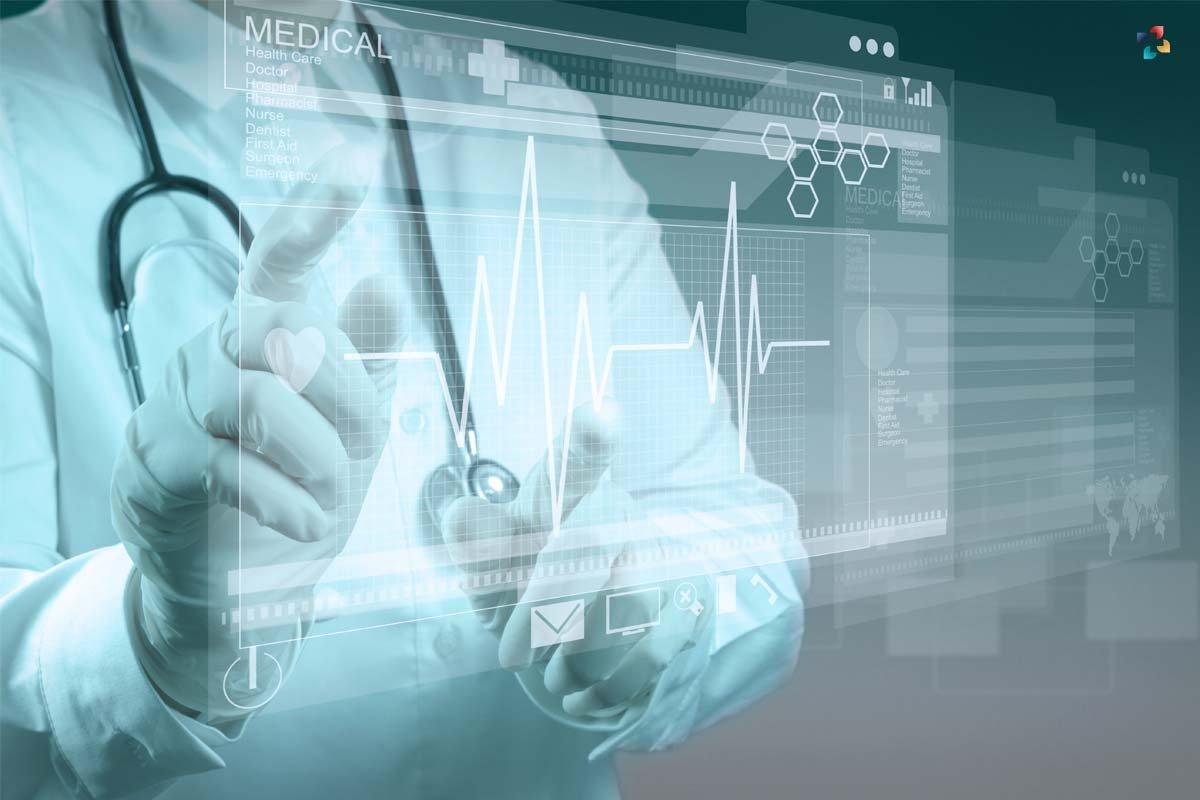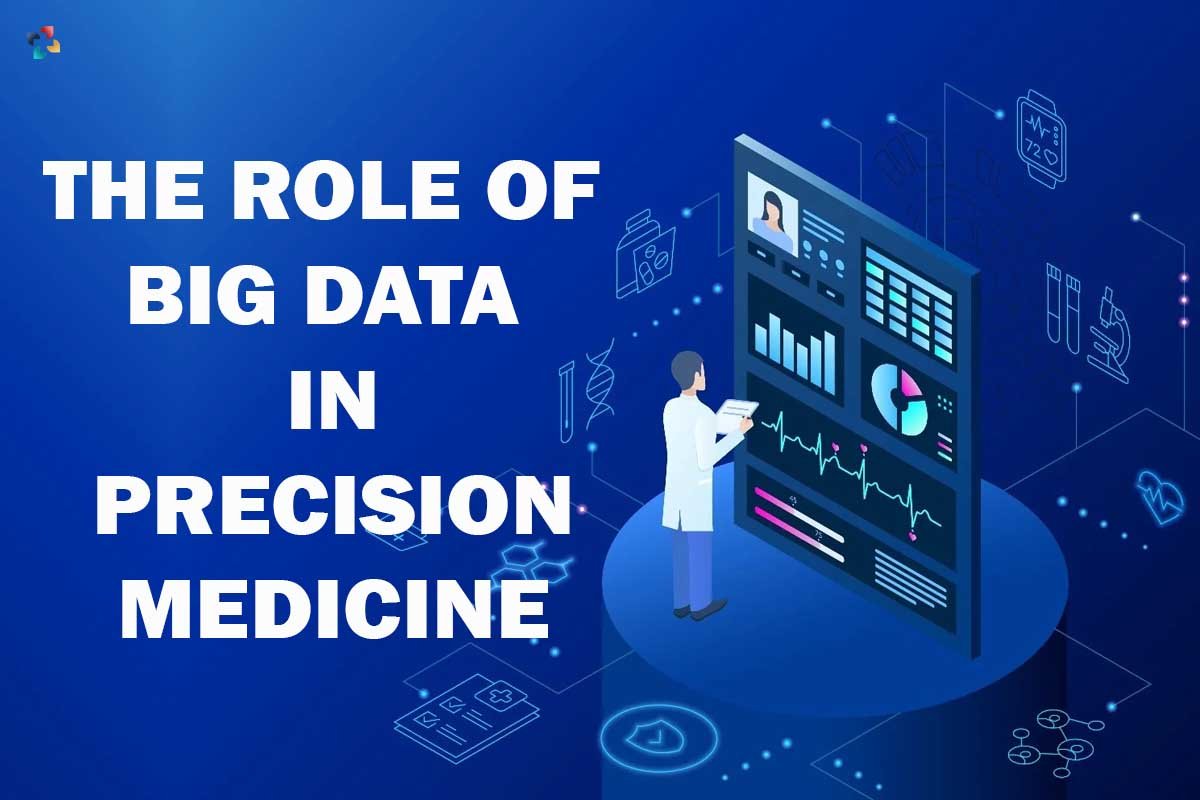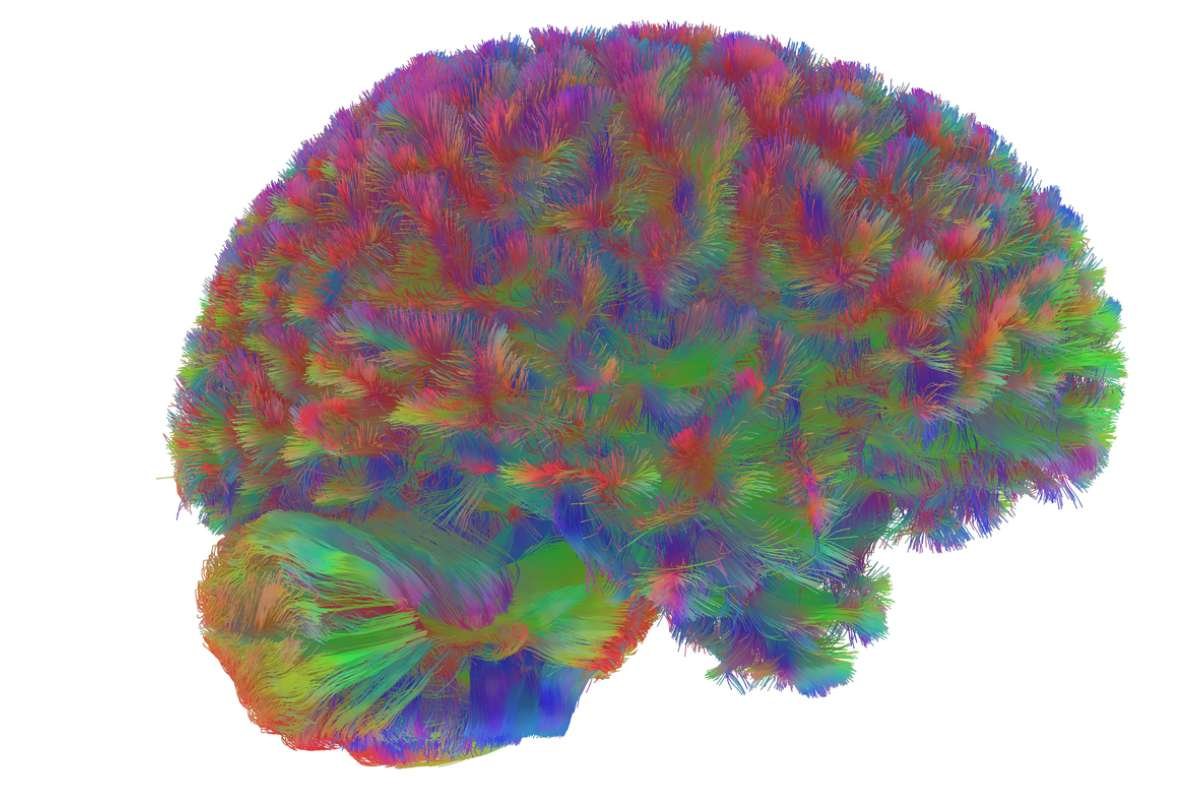Precision medicine is a rapidly evolving approach to healthcare that uses patient-specific data to tailor medical treatment and therapies to an individual’s unique needs. Big data, or large amounts of complex and diverse data, plays a crucial role in precision medicine by providing researchers and healthcare providers with the information they need to develop personalized treatments for patients. In this essay, we will explore the role of big data in precision medicine, including how it is collected, analyzed, and used to improve patient outcomes.
Collection of Big Data in Precision Medicine
Big data in precision medicine comes from a variety of sources, including electronic health records, medical imaging, genomic sequencing, wearable devices, and social determinants of health. Electronic health records (EHRs) provide a wealth of information about a patient’s medical history, including past illnesses, surgeries, medications, and laboratory results. Medical imaging, such as X-rays and MRIs, provides detailed images of a patient’s internal organs and structures, allowing healthcare providers to identify and diagnose diseases and conditions.
Genomic sequencing provides information about a patient’s DNA, which can be used to identify genetic mutations that may predispose an individual to certain diseases or conditions. Wearable devices, such as fitness trackers and smartwatches, provide real-time data about a patient’s activity level, heart rate, and other biometric data. Social determinants of health, such as income, education level, and living conditions, provide information about the social and environmental factors that may impact a patient’s health.
Analysis of Big Data in Precision Medicine
Once big data is collected, it must be analyzed to identify patterns and trends that can be used to develop personalized treatments and therapies for patients. One approach to analyzing big data in precision medicine is machine learning, a type of artificial intelligence that allows computers to learn from data and make predictions or decisions based on that data.
Machine learning algorithms can be used to analyze large datasets to identify patterns and trends that may not be visible to the human eye. For example, machine learning algorithms can be used to identify genetic mutations that may increase a patient’s risk of developing certain types of cancer, or to analyze medical imaging data to identify patterns that may indicate a particular disease or condition.

Another approach to analyzing big data in precision medicine is network analysis, a method that allows researchers to study the interactions between genes, proteins, and other biomolecules in the body. Network analysis can be used to identify genetic pathways and interactions that may be involved in the development of a particular disease or condition. This information can be used to develop targeted therapies that aim to disrupt these pathways and prevent or treat the disease.
Uses of Big Data in Precision Medicine
Big data is being used in precision medicine in a variety of ways, including drug discovery, disease diagnosis, treatment selection, and patient monitoring. In drug discovery, big data is being used to identify new drug targets and to develop more effective and targeted therapies. For example, machine learning algorithms can be used to identify new drug targets by analyzing large datasets of genetic and molecular data.
Similarly, network analysis can be used to identify interactions between genes and proteins that may be involved in disease development, which can help researchers develop targeted therapies.
In disease diagnosis, big data is being used to improve the accuracy and speed of diagnosis. For example, medical imaging data can be analyzed using machine learning algorithms to identify patterns indicating a particular disease or condition. Similarly, genomic sequencing data can be analyzed to identify genetic mutations that may be associated with a particular disease or condition.

In treatment selection, big data in precision medicine is being used to develop personalized treatment plans for patients. For example, genomic sequencing data can be used to identify genetic mutations that may impact a patient’s response to certain medications. This information can be used to develop personalized treatment plans tailored to a patient’s unique needs.
In patient monitoring, big data is being used to track patient outcomes and to identify potential health risks. Wearable devices and other remote monitoring technologies can provide real-time data about a patient’s health status, allowing healthcare providers to detect changes in health and to intervene before a more serious problem arises. Similarly, social determinants of health data can be used to identify patients who may be at higher risk for certain health conditions, allowing healthcare providers to intervene early and prevent or treat the condition before it becomes more serious.
Challenges and Limitations of Big Data in Precision Medicine
Despite the many potential benefits of big data in precision medicine, there are also a number of challenges and limitations that must be addressed in order to fully realize its potential. One of the biggest challenges is data quality and accuracy. With such large and complex datasets, it can be difficult to ensure that the data is accurate, complete, and relevant. This can lead to errors in analysis and incorrect conclusions about patient care.
Another challenge is data privacy and security. With so much sensitive patient data being collected and analyzed, it is essential to have strong data privacy and security protocols in place to protect patient confidentiality and to prevent unauthorized access to patient data.

Another limitation of big data in precision medicine is the need for advanced data analysis and computational tools. Machine learning and network analysis require advanced computational tools and expertise to analyze large and complex datasets, which can be a barrier for some healthcare providers and researchers who may not have access to these tools or the necessary expertise to use them effectively.
Finally, there is the issue of data interoperability. With so many different sources of data in precision medicine, it can be difficult to integrate data from different sources and ensure that data is standardized and interoperable. This can make it challenging to compare data across different studies or share data between healthcare providers.
BOTTOM LINE
Big data is playing an increasingly important role in precision medicine, providing researchers and healthcare providers with the information they need to develop personalized treatments and therapies for patients. By analyzing large and complex datasets from a variety of sources, including electronic health records, medical imaging, genomic sequencing, wearable devices, and social determinants of health, big data is helping to identify new drug targets, improve disease diagnosis and treatment selection, and monitor patient outcomes.
However, there are also a number of challenges and limitations that must be addressed in order to fully realize the potential of big data in precision medicine, including data quality and accuracy, data privacy and security, advanced data analysis and computational tools, and data interoperability. As precision medicine continues to evolve, it is likely that big data will play an increasingly important role in improving patient outcomes and advancing our understanding of disease and healthcare
Also Read: What is Medical Technology?







